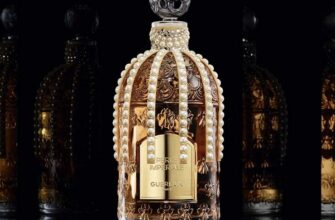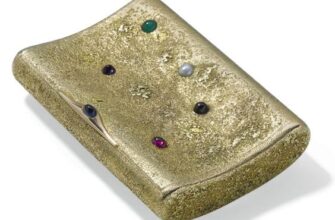For many people, gold is just gold, that is, a metal of approximately the same color and characteristics. But only true connoisseurs know how many types of this material actually exist, and that they differ not only in shade, but also in their value. One of the most expensive variants of this metal is pure gold.
Most likely, you don't even know what it is. Pure gold is almost pure gold, that is, the metal of the highest standard. And it was called red by our ancestors of the Slavs, from the word "red" or "red". In Russia, this type of gold was used for minting coins, creating royal attributes and jewelry.
It was from here that the word "chervonets" arose, which is still found in our speech. This was the name of the coin made from this variety of gold.
Pure gold - is it red gold or not?
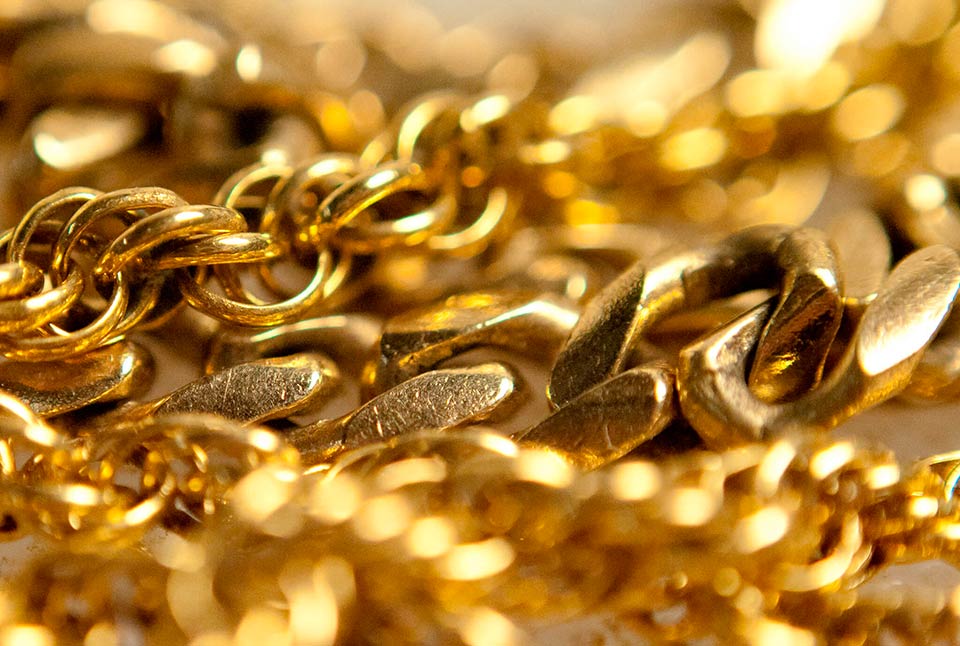
If “red” is red, then pure and red gold are the same thing? And although this sounds like a logical conclusion, in fact, these are completely different alloys, because pure gold is a rich yellow color. Then why did they call him red?
One of the most famous Slavic expressions that has survived to this day - "to red-hot", is directly related to this metal. It turns out that if you heat ordinary yellow gold to a certain temperature, it will become red or "chervonim". And at that time, almost all coins were heated to verify authenticity and, accordingly, they had a reddish tint. It is because of this feature that the metal began to be called "red" or "scarlet" (as this word sounded in Old Slavonic) gold.
Hence the name of the old Russian coins - chervonets, which were made just from pure gold.
There is also a version that the name of the coins appeared earlier. Wealthy people who wanted to wear jewelry made of good gold took gold pieces to be melted down. The alloy obtained from 10-ruble coins began to be called in their honor - red.
Rђ RІRѕS, red gold - This is a low-grade metal with a high content of copper. And such an alloy really has a reddish tint, instead of the usual yellow. But it has nothing to do with pure gold.
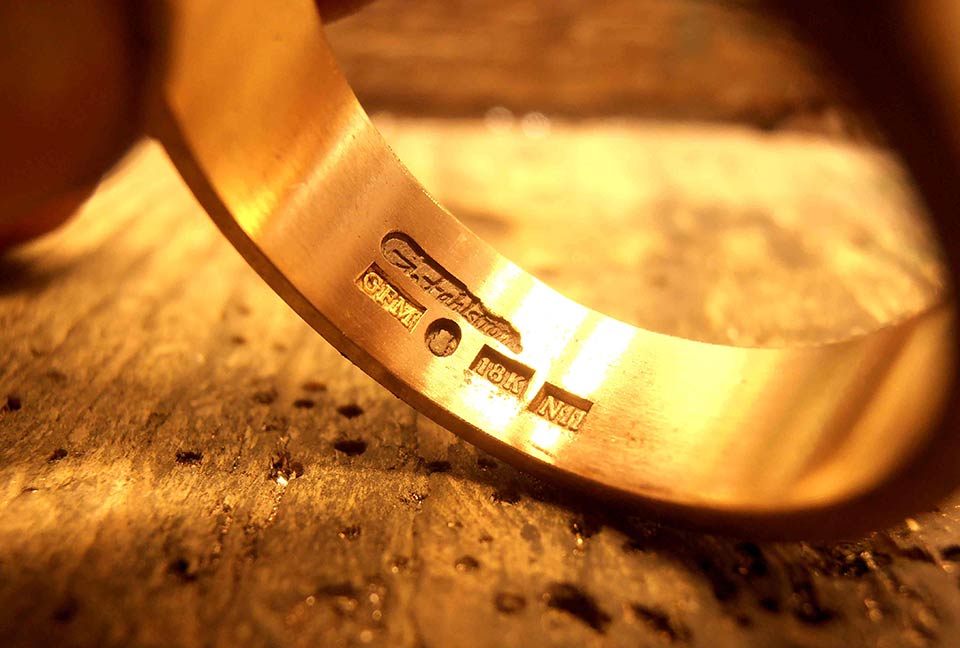
What does it look like, what colors does it come in and what is its composition?
Most often, pure gold has a yellow tint. This is because it is a high grade metal, that is, the concentration of copper and silver is not enough to drastically change the color of the material.
However, shades may vary slightly. Since gold is a very soft metal, it cannot be used in its pure form. To at least slightly increase its strength, jewelers added to it:
- silver;
- copper;
- palladium;
- zinc;
- aluminum;
- nickel;
- cadmium;
- platinum.
Previously, only copper was used as impurities, but then other metals began to be used as well.
Depending on the ratio of these components, you can get different shades of gold. A few examples:
- Red - 33,5% copper and 8% silver.
- Pink - 9% silver and 32% copper.
- Citric - 30% silver, 11,5% copper.
- White - 25% nickel, 10% silver, 3,5% zinc and 3% copper.
- Olive – 15% silver, 6% copper and 4% cadmium.
The presence of various impurities also affects the characteristics of the metal. For example, nickel can cause allergies, but a high copper content reduces corrosion resistance.
Physical properties and characteristics of pure gold
Scarlet gold in its properties is very similar to natural gold. This is the same viscous, fusible and overly soft material. It is so easily deformed that it is enough to run a fingernail over it to check for authenticity.
For this reason, in Russia, coins were checked “by the tooth”. If you bite into a product made of pure gold, then clear prints remained on it.
At the moment, this material is not used in jewelry, as it is considered too impractical. You can find products made of pure gold only at exhibitions or in private collections. Some of these products got in the form of old family jewelry, mostly wedding rings.
But this metal is widely used in electronics, as it does not corrode. It is likely that in your house there will be a couple of grams of pure gold.
The main advantage of pure gold products is their great valuewhich only gets higher with time. Such jewelry is a great investment item or addition to a private collection.
But because of the fragility, such products are scary to touch. Jewelry or coins made of pure gold require careful care and respect, otherwise the consequences will be irreversible.

What is the fineness of pure gold?
As mentioned above, gold is never used in its pure form. But to understand exactly how many impurities in a given product can be done with the help of a small stamp - a sample.
At different periods of history, the fineness of pure gold could change, but never fell below 900.
Until 1927, a completely different sample system operated in Russia. It was expressed not in percentages, but in spools. For example, a ten-ruble coin of 1885 contained 11,62 grams of pure gold with a total weight of 12,9 g. It was said that there were two spools in such a coin.
There are several options for pure gold:
- 986 - such were the gold coins in the era of Peter the Great.
- 916 - Catherine lowered the gold content in five-ruble coins.
- 900 - such were the imperials of Nicholas and the chervonets, which were produced in 1920-1925 in Soviet Russia.
Now some sources say that the lowest fineness of pure gold is 750. This discrepancy is caused by the fact that jewelers are reluctant to work with a high standard. Such a metal is too soft and ductile, which means that there will be more problems with it. For this reason, it was decided to classify the 750 assay as noble pure gold.
How to properly care for pure gold jewelry?
Gold can be compared to an aristocrat who does not like crowds and does not tolerate rudeness. You need to store gold items apart from other decorations and away from each other, preferably in a soft closed box.
And although pure gold does not give in to corrosionnot worth experimenting. Before taking a bath or washing dishes, it is better to remove the product and put it aside. Many detergents contain harsh chemicals that can damage soft metal.
Jewelry should be removed before doing dirty physical work.
And it's not even that the product can get dirty. Since gold is very ductile, it can be deformed in such a way that it will impossible to remove. And if you do not want to face the need to cut the jewelry, then handle it very carefully.
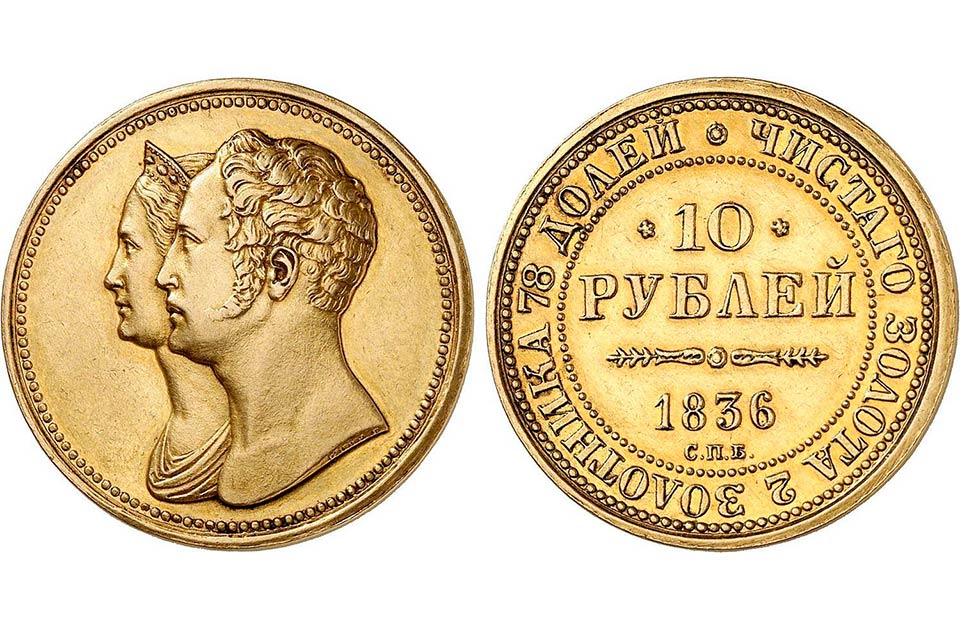
Gold items need regular cleaning from household pollution. If gold is not cleaned, it will lose its luster over time.
To restore the original beauty of the jewelry, the accessory can be taken to the workshop. There is an experienced craftsman and all the tools necessary for cleaning, which definitely will not harm the product. But if you want to try, then the procedure can be carried out at home.
For cleansing required:
- Place the product in a weak saline solution for 10-12 hours. To prepare the solution, take 3 tablespoons of salt per glass of water.
- After that, rinse the accessory well.
- Soak a cotton swab in 3% hydrogen peroxide and gently clean the product with it. It is not necessary to press and press on the wand.
- Leave decoration for 15 minutes.
- Rinse with water and wipe dry.
As an alternative to a salt bath, you can use mixture of ammonia and soap. To do this, add a teaspoon of ammonia and liquid soap to a glass of water. Jewelry should remain in this liquid for no more than 2 hours.
For soaking, it is best to use plastic or ceramic dishes, as metal can also react to the solution. Wipe jewelry with napkins from the pile. After all the procedures, it is worth polishing the product with a suede cloth - so the gold will shine even brighter.
How much is pure gold worth?
The price of gold on the world market is never stable and depends on a number of factors. Basically, the formation of prices is influenced by the ratio of supply and demand.
It is difficult to name the price of pure gold. It is of historical value, especially if it is an ornament of complex shape and destiny. However, you can be sure that its value will either approach or exceed the value of pure gold (about $60 per 1 gram), and also far exceed the cost of 750 gold (about $45 per 1 gram).
How to distinguish pure gold from a fake?
In order to verify the authenticity of pure gold, our ancestors simply bit coins or items. But in the modern world, such behavior will not be understood and is unlikely to be approved, so scratching or trying jewelry on the tooth is not worth it.
Keep in mind that such jewelry can be very, very expensive. And if you are offered a product at a lower price, then this is most likely a fake.
If you still doubt the authenticity of a gold item, you can check it.

pay attention to weight and dimensions products. Since gold is soft, the products are massive and heavy. If you are offered a light openwork item made of gold above 750th test, then they are most likely trying to deceive you.
Remember that now they don’t make jewelry from such a high standard, but only sell vintage items. In order not to buy a fake, it is better to seek help from a professional jeweler. He will be able to determine the precious metal without harm to the product itself.
Pure gold is called gold of high standard. This is a very soft and capricious metal that requires careful maintenance. In no case should it be dropped, since the product will lose its original shape from impact. Now pure gold jewelry is no longer made, as it is impractical. But in private collections or as family heirlooms, antique items made of this metal can still come across.

